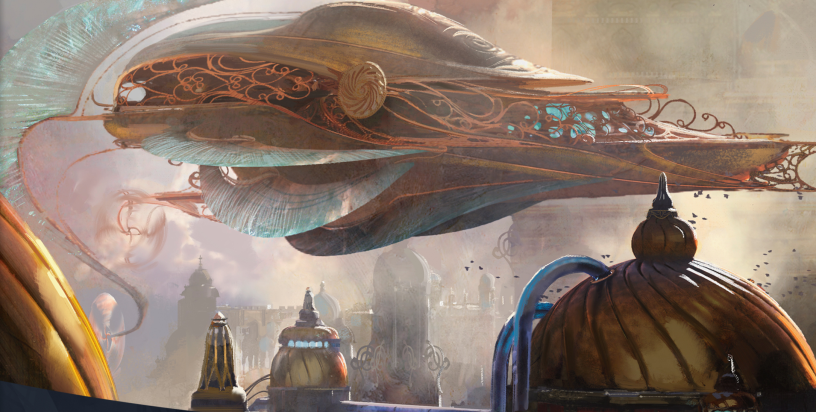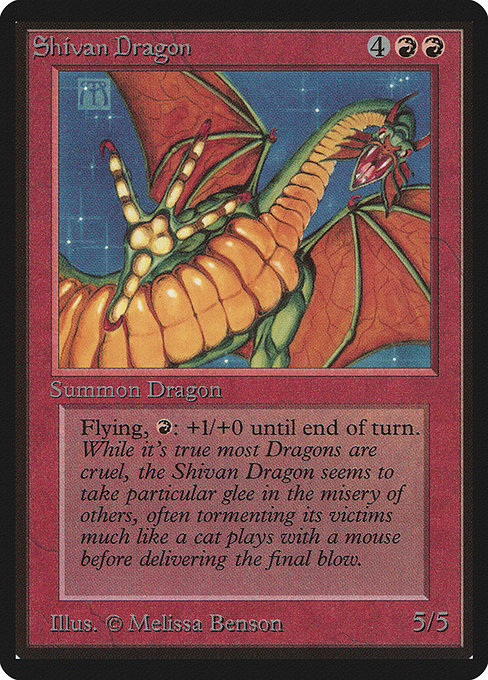Are you a Quiet Speculation member?
If not, now is a perfect time to join up! Our powerful tools, breaking-news analysis, and exclusive Discord channel will make sure you stay up to date and ahead of the curve.
Buylists are the bread and butter of the savvy Magic collector. While I have been making an effort to maximize my value by eliminating the middleman and selling directly to consumers online, I still admit that buylists play a huge role in how the Magic marketplace functions.
Buylist Equals Baseline
The most important function that buylists provide is to establish a baseline price for virtually every card in existence. Back in the day, before the secondary market was even a glimmer of what it is now, random cards were extremely difficult to evaluate and liquidate.
If you had a random shoebox of cards and wanted to know what they were worth, it was tricky. Basically, cards were worth whatever somebody was willing to offer you on them. Obviously, there were resources like Inquest and Scrye magazines, which could give you a rough idea of what cards might be worth, but transforming those cards into cash wasn't so easy.
Now, it is very easy to understand what the cards you have are worth and to liquidate those cards through buylists. Any person can go online, search various buylists, and immediately turn unwanted or unneeded cards directly into cash or store credit. There's very little guesswork involved since we can immediately establish a baseline price that a card in hand can always be sold for.
Even today, one of the trickiest elements of Magic finance and collecting is answering the question: "what are my cards actually worth?" The reason this is tricky is that the answer to this question largely hinges upon who you are and who you are selling the card to. Are you a retail store? Are you a casual collector? Are you selling directly to the consumer? Or are you selling to a store?
In my opinion, I've always found that the buylist price is the most concrete and accurate predictor of value when it comes to cards. In a worst-case scenario, assuming the buylist price doesn't change somewhere down the road, I know that I can get at least equal cash return to posted buylist prices without needing to exert much effort.
Exploring These Baselines
One trend that I'm always aware of when making buys, trades, or sales is the relationship between "buylist" and "retail" prices. One might assume that there is a tangible relationship between buylist and retail, but it's trickier than that. While some have floated rules of thumb like, "The buylist price is half of what the store retails the card for," there is in fact no hard-and-fast rule.
Obviously this "buylist equals half of retail" rule can apply sometimes, but not always. There are plenty of examples of cards that buylist for a fraction of the retail price. A good example of these types are cards would be singles that retail for $2.00 or $3.00 but buylist for $0.50. These are great value for stores and sellers, because the markup can be six to seven times the cost.
Inversely, buylists may offer $35 or $40 on a $50 or $60 single that is difficult to keep in stock and sells well. The buylist is much closer to the retail price in these instances.
I think that it's clear that the buylist price tells us an intriguing story about what these cards are actually worth.
Awareness of these buylist-to-retail ratios can lead to some extremely solid trades. For instance, I'd absolutely love to trade twenty copies of a card that retails for $2.00 and buylists for $0.50 for one card that retails for $40.00 and buylists for $30.00. If we only look at retail prices, this trade is a relatively even $40.00 for $40.00. However, when we look at the buylist baseline, the deal clearly favors one side of the trade, $30 to a lowly $10.
The Buylist-Retail Ratio Is a Predictor of Growth and Decline
I think it's pretty clear that the cards with smaller gaps between retail and buylist are hotter commodities. Sellers are willing to pay more because these cards are, for a number of potential reasons, easier to sell:
- Perhaps the card is a really hot card in a format at the moment and demand is very high.
- Perhaps the card is expensive and so netting a 20-percent profit is a large enough chunk of value that it's worth doing.
- Perhaps the card is scarce and thus difficult to acquire, and the smaller gap between buylist and retail reflects the difficulty of finding the card.
Some or all of these may be true depending upon the circumstance.
One thing to keep in mind is that cards with the smallest gap between buylist price and retail price are the most likely to gain value in the near future. It makes a lot of sense if you think about it. When buylists are paying higher numbers in order for stores to stock a card, it is likely that card is ticking up in demand and value which equates to a growing price. On the other hand, cards that are buylisting for a low price compared to the retail price are likely poised to lose value on the horizon.
If you took a purely analytic approach to investing and honed in on the cards with the smallest gap between posted buylist price and retail selling price, you'd likely discover a trove of the best possible investments in Magic (outside of cards spiking based on unpredictable circumstances like tournament play and the like).
One thing you may have noticed over the past six months are the huge spike in Old School buylist prices. On the one hand, this seems obvious since the cards have gone up so dramatically. The savvy collector will also notice that the ratio between buylist and retail prices on Old School cards has shrunk, which indicates a few things to me:
- First, it tells me that Old School cards are very difficult for retailers and other sellers to acquire. It's kind of a no-brainer, considering these cards are fairly rare and very popular with collectors.
- Second, it tells me that the retailers who are offering high ratios on buylist-to-resale price anticipate that these cards are likely to continue trending up.
- Third, it tells me that these cards are sufficiently popular and highly coveted to the point where without offering a well-above average buylist-to-retail ratio that online stores have a problem competing with collector to collector sales via eBay or TCG player.
I know that when I'm selling cards online there are two numbers I'm interested in. The first is what the card tends to buylist for. I like to know this number because I want to be sure I get more for my card than this number. The second number I care about is what the card sells for on TCGplayer. I'm basically trying to sell the card for a price that is somewhere in between buylist and TCGplayer mid.
If the gap between buylist and TCGplayer mid is very small, I'm 100 percent holding onto that card, since it is likely on the verge of gaining value. If the gap between buylist and TCGplayer is spacious, I'm 100 percent listing that card and trying to strike while the iron is hot.
It's yet another way to identify marketplace trends and to focus on making deals that are equal but likely favor you moving forward. While the basic principle of this idea boils down to something as simple as it's a good idea to trade a bunch of shock lands into dual lands, it goes beyond the hyperbolic obvious.
These trends tend to be overwhelmingly true about casual cards, kitchen-table cards, and Commander cards before they start trending upward. I used to make the buylists for my LGS before we'd go to a Grand Prix, and most of the cards that had the smallest spread between buylist and retail were the casual cards we were always sold out of. Lo and behold, many of those cards are now rather pricey: Doubling Season, Volrath's Stronghold, Consecrated Sphinx, but were inexpensive at various points in time.
The moral of the story is awareness of information that can be gleaned from scanning and studying buylists. One of the biggest things I've learned (and often the hard way!) comes from a fairly common occurrence: I look at a buylist and see a price on a card that strikes me as unbelievably great. I would think, wow, I can't believe they are paying $4.00 on that card, it's only at $6.00. I would check TCGplayer and see it's at $6.00. In the past, I would unload that card for that "too good to be true price," only to find the card would go crazy the next week! Now I have a new philosophy: when that gap gets really small, buy 'em all.
Quiet Speculation's Trader Tools web app provides the tools you need to track the difference between buylist and retail – what we call the spread – of almost every card ever printed in Magic. Want to level up your MTG finance game? Start using Trader Tools today.









I like this…
“I’m basically trying to sell the card for a price that is somewhere in between buylist and TCGplayer mid.”